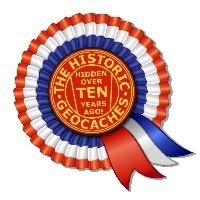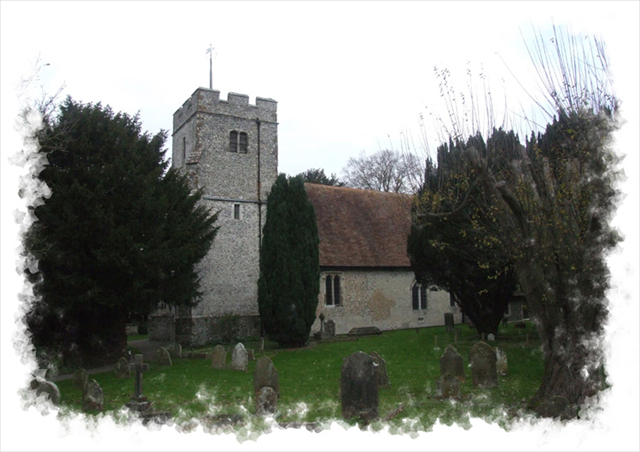

St Giles - Kingston
DAYLIGHT VISITS ONLY PLEASE
In the early years, when Kent was an independent kingdom, Kingston was one of the villages that belonged to the King. This is shown by the early form of the name Cyningestun, or a King’s Manor, and also by the rich finds in the nearby Saxon burial ground, including the ‘Kingston Brooch’, the largest and finest Anglo-Saxon brooch of its kind ever found. Once the Kingdom of Kent ceased to exist, the village seems to have sunk into obscurity, as it is not mentioned in the Doomsday Book, apparently being included with one of the neighbouring villages. However, it seems likely that there was a church here at that time, and that much of it remains in the present building. On the evidence of five original quoins (stonework at the angles of the building) which are of flint rather than dressed stone, two authorities have dated the walls of the nave and part of the chancel as 11th century or Saxo-Norman.
The church of St. Giles is built of flint, as this was the only building stone available in the area, and only in the later parts of the building is imported stone used to strengthen the angles and openings. The walls themselves are about three feet thick. The church is usually entered by the north door, to the right of which is a well-preserved holy water stoup. The porch was rebuilt in 1813, and it is worth noting that the inside walls are of shaped chalk blocks. The interior is well lit by several deeply-splayed windows. They are of various styles and periods, mainly 14th century, and all fairly simple. Most attractive are the pair towards the front of the nave. These are in the Decorated style (early14thcentury) and the original east window was very similar, but with a rose in the upper section. This was removed in 1897 and replaced by the present window, given by the Rector in memory of his mother. The chancel was originally square, but was lengthened by about ten feet in the 13th century. The eastward extension is just visible outside through the plaster on the north side. In the south wall of the chancel are the piscine, originally used for washing the communion plate, and the Sedilia, a seat for the priest. Opposite, in the north wall, is the aumbry, a cupboard in which is kept the reserved communion sacrament which is taken to those who are house-bound. The carved door and iron hinges are very old, but not original to the church, having been given by the Rector in 1928. The pulpit is also of carved oak with smaller decorative hinges, and is Jacobean or possibly Elizabethan.
During restoration work in 1846, when the church was thoroughly repaired and redecorated, the gallery and chancel screen were removed, a new floor laid, and new pews were put in. To pay for the pews, the parish had to borrow £100, which was paid off in four yearly instalments. The present pews date from 1886 when the entire church was again re-floored and re-seated. In 1873 the lath and plaster ceilings were removed, exposing the roof timbers. The two carved angels in the chancel roof also date from this time. The roof itself is a king-post construction of very plain and archaic type. Parts of it appear to have been renewed, but most of the timber work is probably early 14th century.
The Font, standing under the tower, has a rather interesting history. It dates from the beginning of the 13th century and at some time during the 18th century it was removed and discarded because it was damaged. After being used for some years as a feeding trough by a local farmer, it was rescued by Brian Faussett, who was curate of Kingston and a well-known antiquary. He kept it in a summerhouse at his home near Canterbury, from where it was eventually returned to the church and re-consecrated in 1931. The tower was added to the west end of the church, probably in the 14th century. It contains 2 bells hung for chiming only. The smallest is blank but the second is inscribed "Joseph Hatch made me 1610". there was a third bell which cracked, now kept in the Canterbury Heritage Museum. This was probably made by William le Belyetere in about 1350.
This cache has been placed with the very kind permission of the Rev'd Stephen Hardy - Priest in Charge and Area Dean for East & West Bridge.
If anybody would like to expand this series, please do, but could you let sadexploration know first so he can keep track of the Church numbers and names to avoid duplication. To view the church micro stats page, please click here.
Covid-19: If you have no intention of signing the physical logbook in this geopot at this time, please visit when you are prepared to sign it. ALL physical logbooks MUST be signed for a claim to a find to be made.

goes to Osbornr